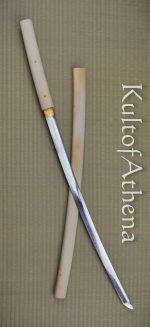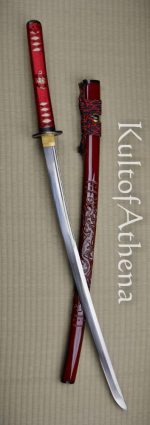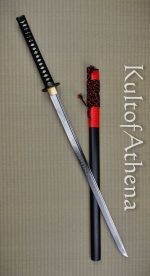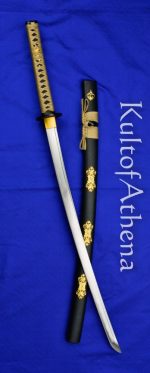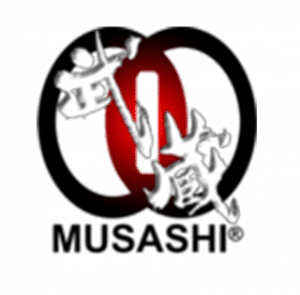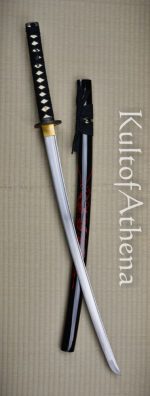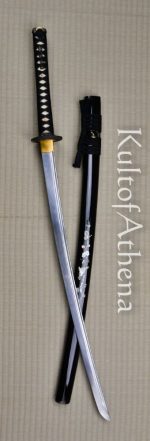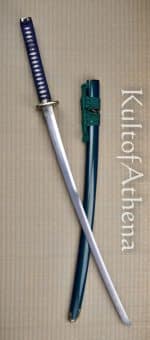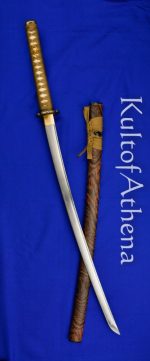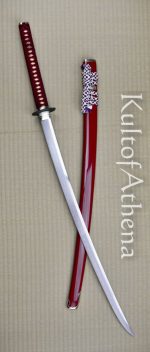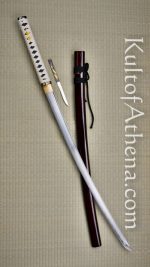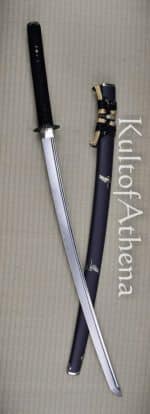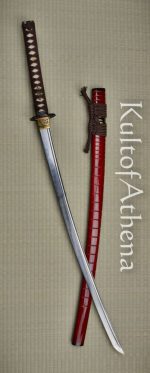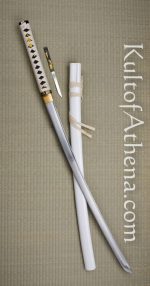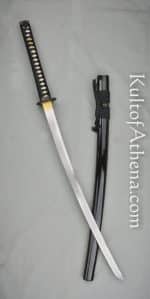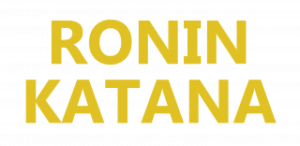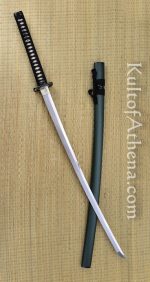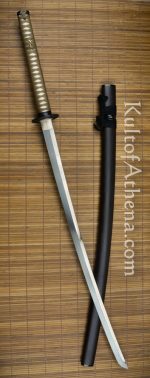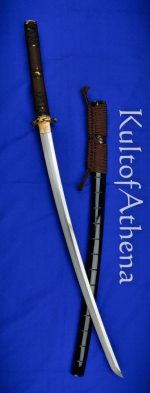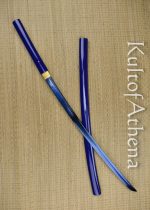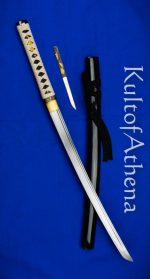Katana

Showing 65–96 of 262 resultsSorted by latest
-
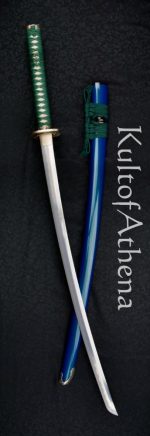
Dragon King – Taikyu Katana
$909.99 – $949.99*includes discounted BLM or MG productIn stock
Select options This product has multiple variants. The options may be chosen on the product page Quick View -
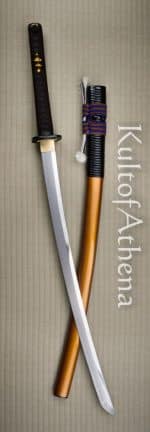
Dragon King – Kinryu Katana #4
$1,179.99 – $1,229.99*includes discounted BLM or MG productBack Ordered
Read more Quick View -
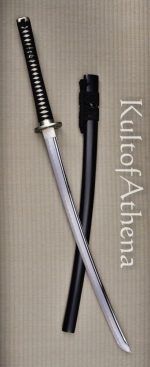
Dragon King – Kawanakajima Katana
$1,029.99In stock
Add to cart Quick View -
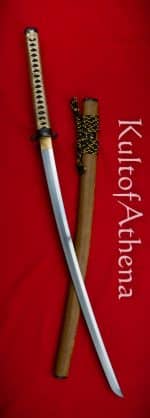
BattleBlades x Kult of Athena Exclusive Edition – Zugaikotsu Honsanmai Laminated Shinken
$948.00 – $978.00*includes discounted BLM or MG productIn stock
Select options This product has multiple variants. The options may be chosen on the product page Quick View -

Balaur Arms – Byakko Katana in Crimson
$337.50 – $378.00*includes discounted BLM or MG productIn stock
Select options This product has multiple variants. The options may be chosen on the product page Quick View -
Balaur Arms – Clay Tempered T10 Shirasaya Katana
$268.00 – $298.00*includes discounted BLM or MG productIn stock
Select options This product has multiple variants. The options may be chosen on the product page Quick View -
Balaur Arms – Byakko Katana
$337.50 – $378.00*includes discounted BLM or MG productIn stock
Select options This product has multiple variants. The options may be chosen on the product page Quick View -
BattleBlades x Kult of Athena Exclusive Edition – Yokai Oni Katana
$908.00 – $978.00*includes discounted BLM or MG productIn stock
Select options This product has multiple variants. The options may be chosen on the product page Quick View -
Musha – Raiden Damascus Blade Katana
$159.99Back Ordered
Read more Quick View -
Balaur Arms – Kagutsuchi Straight Bladed Katana
$332.00 – $368.00*includes discounted BLM or MG productIn stock
Select options This product has multiple variants. The options may be chosen on the product page Quick View -
Musha – Red Dragon Katana with Mother of Pearl Inlay Scabbard
$369.99In stock
Add to cart Quick View -
Musashi – Imperial Orchid Katana w/ Display Stand
$99.99 – $114.99*includes discounted BLM or MG productBack Ordered
Read more Quick View -
Musha – Kuzuryu Katana
$164.99Back Ordered
Read more Quick View -
Musashi – Uwabami Katana w/ Display Stand
$74.99 – $99.99*includes discounted BLM or MG productBack Ordered
Read more Quick View -
Musha – Black Orchid Katana with Mother of Pearl Inlay Scabbard
$369.99In stock
Add to cart Quick View -
KOA Exclusive – Dragon King – Yaksha Katana
$944.99 – $1,119.99*includes discounted BLM or MG productBack Ordered
Read more Quick View -
Musha – Sea Dragon Katana with Tigerwood Pattern Scabbard
$84.99 – $99.99*includes discounted BLM or MG productIn stock
Select options This product has multiple variants. The options may be chosen on the product page Quick View -
Thaitsuki – Orasaku Zukuri Honsanmai Katana
$2,999.00In stock
Add to cart Quick View -
Musha Zetsurin Katana with Hidden Kozuka Blade – Dark Red Saya Scabbard
$99.99In stock
Add to cart Quick View -
Thaitsuki – Tonbo Sanmai Limited Edition Laminated Katana
$2,999.00In stock
Add to cart Quick View -
BattleBlades – Sanbon-Sugi Shinken Katana
$598.00In stock
Add to cart Quick View -
Musha Zetsurin Katana with Hidden Kozuka Blade – White Saya Scabbard
$99.99In stock
Add to cart Quick View -
Ronin Katana Dojo-Pro Model 5
$260.00 – $295.00*includes discounted BLM or MG productIn stock
Select options This product has multiple variants. The options may be chosen on the product page Quick View -
Dragon King – Winter Sun Katana
$324.99 – $364.99*includes discounted BLM or MG productIn stock
Select options This product has multiple variants. The options may be chosen on the product page Quick View -
Dragon King – Summer Lotus Katana
$364.99In stock
Add to cart Quick View -
Dragon King – Autumn Leaf Katana
$364.99In stock
Add to cart Quick View -
Dragon King – Spring Sakura Katana
$364.99Back Ordered
Read more Quick View -
Ronin Katana Model 8
$125.50 – $139.00*includes discounted BLM or MG productBack Ordered
Read more Quick View -
BattleBlades – Sōdai Tamahagane Katana
$3,450.00 – $3,500.00*includes discounted BLM or MG productIn stock
Select options This product has multiple variants. The options may be chosen on the product page Quick View -
Musha Blue Damascus Shirasaya Katana
$119.99 – $149.99*includes discounted BLM or MG productBack Ordered
Read more Quick View -
Cold Steel – Gold Lion Katana
$543.99 – $575.99*includes discounted BLM or MG productIn stock
Select options This product has multiple variants. The options may be chosen on the product page Quick View -
Musha Zetsurin Wakizashi with Hidden Kozuka Blade
$99.99In stock
Add to cart Quick View
About the Katana
The Katana is a Japanese longsword that was used by the samurai during the Edo period (1603-1868) in Japan. It was the weapon of choice for the samurai, the noble warriors who upheld the code of bushido and guarded the emperor and the lands of Japan. It is not just a sword, but an extension of the samurai’s soul, reflecting their unwavering spirit and unparalleled skill.
In the hands of a master, the Katana becomes an instrument of destruction, striking with the speed of a serpent and the power of a thunderbolt. But it is also a weapon of defense, used to protect the innocent and uphold justice. The Katana is a weapon of legend, a symbol of the samurai’s unyielding spirit and a testament to the glory of Japanese culture and heritage.
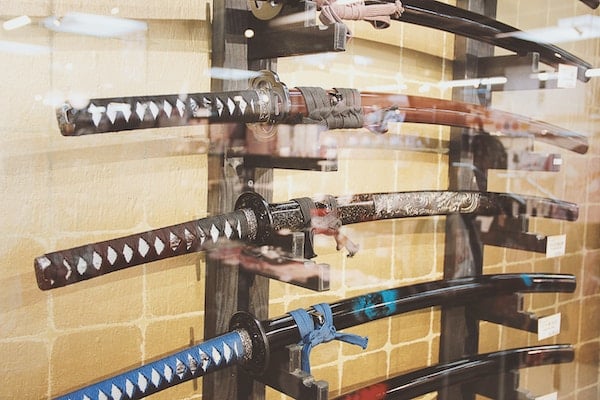
Questions about our katanas
This term is sometimes used in regards to Japanese swords and when used in this context it will refer to a blade being folded with more than one type of steel.
The steel used to make a Japanese sword may be folded. Traditionally this was done to aid in purifying the steel, but the availability of pure modern steels makes this step unnecessary for achieving excellent results. This technique may be used on replica Japanese blades with the intent to construct them according to more traditional methods and to impart a traditional visual aesthetic to the blade. More than one different type of steel may be melded and folded together to create a blade with composite properties from several types of steel, but it is also common for a single steel to simply be folded on itself.
This construction method was common to traditional katanas but is rarely utilized in replicas due to the complexity involved. A laminated blade will be a composite of several different steels and these are used to create different sectional partitions of the blade. There are several different lamination types of varying complexity; some are simpler and involve a softer core of steel being pointed into a harder steel ‘’jacket’’ whereas others can utilize as many as seven or more different partitions of steel of varying qualities. The individual partitions of the blade may be folded before being used as a component for the overall blade composite depending on preference. Once constructed the sword can then be differentially-hardened when tempering.
In contrast to through-tempered, this is the traditional method for tempering the Japanese sword. Before quenching the blade the swordsmith will coat it with clay and the varying thickness of the clay will determine how quickly the blade will cool when quenching. The thin layer along the edge will flash cool the edge and the thicker clay on the body and spine will slow its cooling. This results in the blade having two separate levels of hardness; the edge will be harder steel which will better hold a sharp edge and the body will be softer and have some shock-absorbing properties. In addition to this the polishing of the blade will reveal a wave-like hamon line that denotes the border between the differentially-hardened regions of the blade. While this traditional method does make a blade with a fine and hard edge the drawbacks are that this edge is more brittle than a softer through-hardened edge and make it more likely to chip or take damage when struck against a hard or dense target. The softer spine of the blade also has a tendency to take a bend if a poor cut is made against a target, requiring it to be straightened again by a professional.
This is similar to most other types of swords which are made from a single piece of steel with a uniform HRc hardness. Though not the traditional method, this type of blade composition can be spring-tempered so that it can flex and return to straight which makes it less likely to be damaged or become asymmetric if the user executes a poorly aligned cut on a target. It is also easier to polish out scuffs and scratches on these blades which do not have a hamon. Altogether this makes this blade type suitable for beginners or tameshigiri enthusiasts who wish to do substantial amounts of test cutting and minimize the level of maintenance their blade will need.



